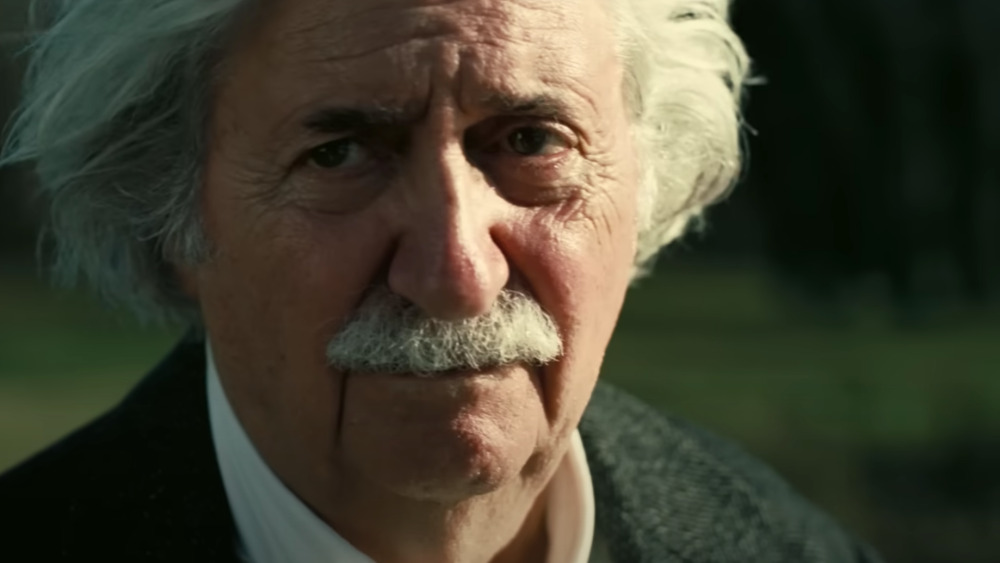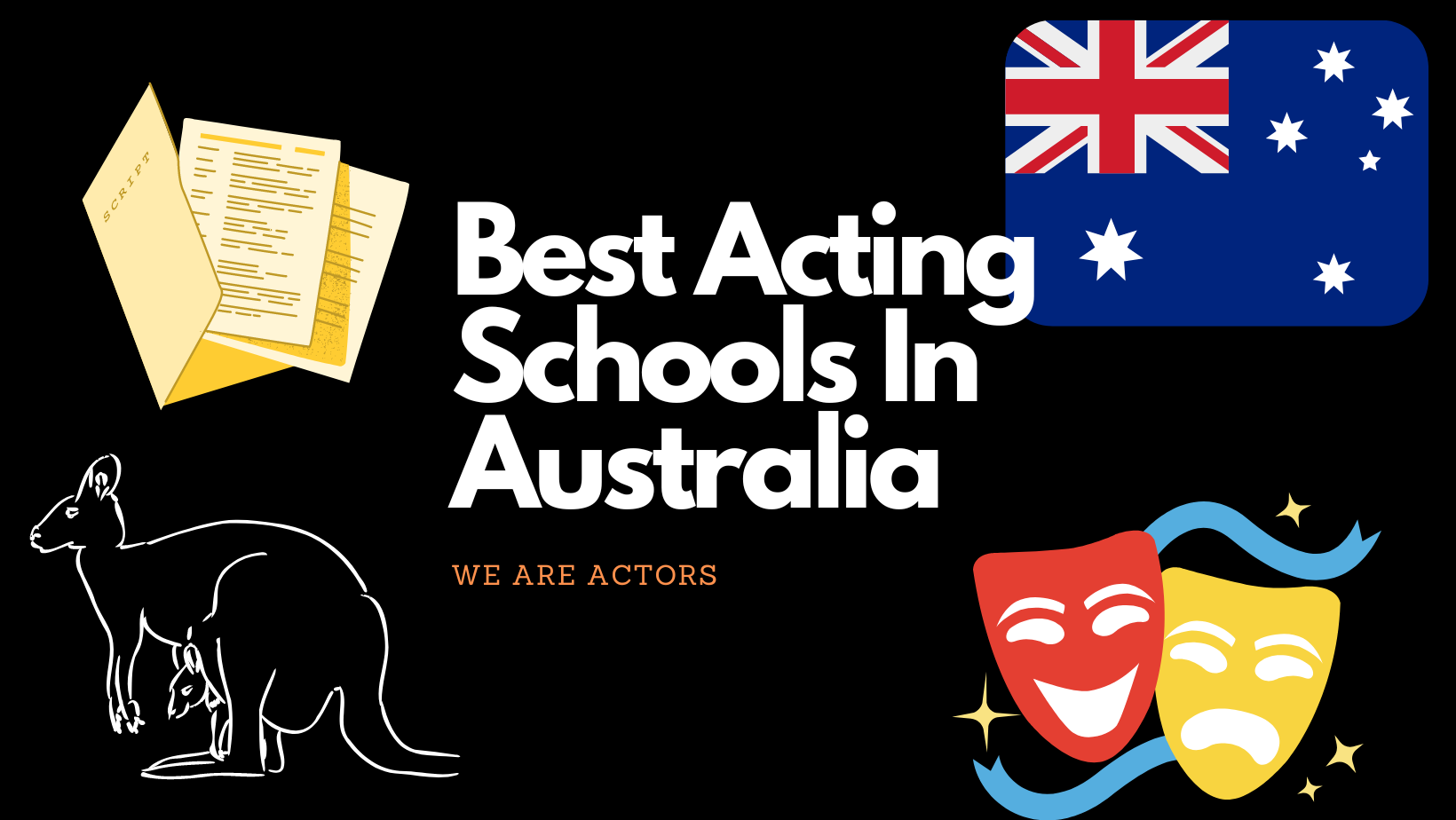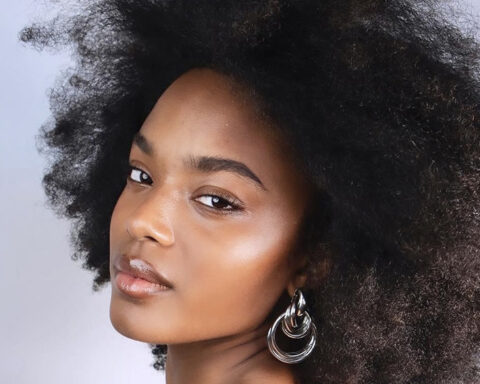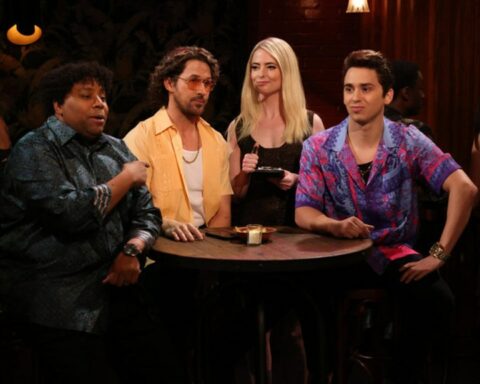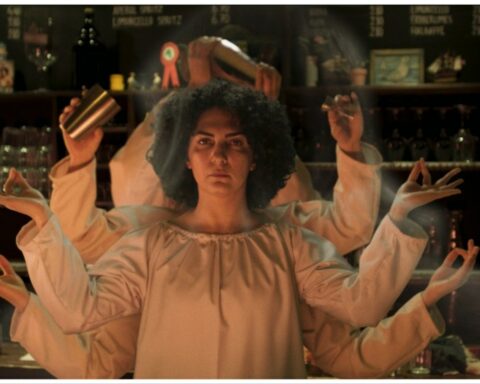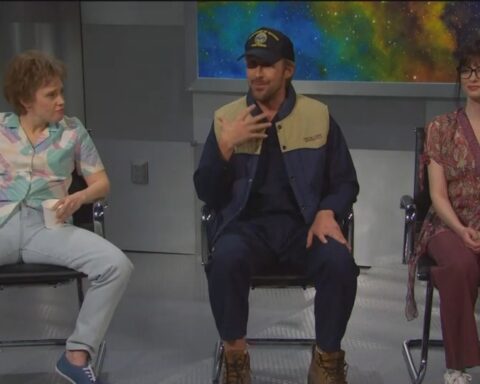Hollywood is no stranger to anti-aging efforts on-screen and off, so these fun and mostly harmless deepfakes have been widely accepted as positive technological advances. But with the advent of artificial intelligence programs including ChatGPT, Midjourney and DALL-E, whose speed and results are both mesmerizing and somewhat terrifying, alarm bells are going off among entertainment’s creative set.
Indeed, there are legitimate pressing concerns to be had when it comes to AI among creatives. There is the practical matter of preparing to retrain those whose jobs may be eliminated, as well as figuring out how to appropriately compensate the artists whose work feeds AI engines.
It’s true that AI will eliminate some jobs, although it will also create new ones. But realistically, at least in the short term, we are in no danger of ChatGPT replacing screenwriters or coming up with the next “Harry Potter.” And DALL-E is no Salvador Dalí.
But the technology can — and should — benefit — the industry by making things more efficient, increasing fan engagement and potentially opening opportunities for creators, all of which will work to boost revenue. Here are four ways creators and artists can begin thinking about harnessing the opportunities to come.
1. Turn to Machine Learning to Eliminate Repetitive Tasks
Creative careers are not necessarily creative all the time. But machine learning can help boost creative time by taking over monotonous tasks. With a simple set of parameters and prompts employed by machine-learning engines, we can focus on fresh creativity while AI takes care of routine backgrounds and objects in scenes. For big studios, this would free resources to develop new intellectual property or come up with fresh takes on existing IP.
2. Take Advantage of Predictive Learning
Writers can use predictive learning tools in two ways to ultimately devote more time to writing and reach additional audiences. The first way is to think of an AI engine as a supercharged focus group. Instead of filling screening rooms with people to gauge reactions, AI engines can use the power of the internet to more accurately predict how content will play with a wide variety of audiences. It can also provide suggestions for how to improve or better gear your work for a specific audience type based on key story elements such as character, setting, plot and themes.
3. Use AI Technicians to Complement “Origin Artists”
A big concern for the truly creative among us is ensuring we are fairly compensated for our original artwork as well as any derivative AI pieces that result from it. Issues around ownership and what I would call “original DNA” have to be addressed because expanded use of original art will benefit the industry and artists alike.
And with increased derivative use of art, the monetization potential for each creative work can be expanded because the “use cases” for such work becomes exponential. We need to think of all creative inputs to AI engines the same way we think about music use. Every time a piece of original music is sampled or used in a mashup, commercial or movie, the artist gets paid — every time.
The trick with artwork, literary works and other such content will be accurate attribution so the creators or “origin artists” get a percentage royalty of any transaction based on the percent they contributed to the final derivative artwork.
4. Find New Ways to Boost Fan Engagement After the Curtain Closes
On the consumer side, AI can be used to create novel experiences for fans. While we’ve all experienced the frustration of engaging with a chatbot in a customer service setting, we might have a different reaction if we were engaging with our favorite characters in a fandom community. AI chatbots that take on the personality of our favorite characters can give franchises a new way for eager enthusiasts to prolong their interaction with the IP.
Imagine giving fans the ability to have direct conversations with their favorite characters in real time. This could drive an even deeper and more personal connection to the characters by making them feel more relatable and relevant in a way that’s never been experienced.
In short, there is truly great potential for AI to benefit individuals and the industry as a whole creatively and financially. And we need to flip the script and ask ourselves not how AI will hurt artists but how we can use it to empower artists and enrich their careers so no one gets left out in the cold.
And like with most new technologies, we need to ensure there are some guardrails in place as this comes into use. We have a collective responsibility to help prepare everyone in our industry for the changes ahead.
John Attanasio is CEO and co-founder of the Web3 story studio Toonstar, as well as an alumnus of Warner Bros. and DreamWorks, where he developed franchise properties including Harry Potter, DC, LEGO, Looney Tunes and Shrek.
Read more of VIP+’s AI assessments:
• How gen AI aims for production efficiency
• Will AI supplant or supplement Hollywood workers?
• Takeaways for diligence and risk mitigation
• When gen AI meets intellectual property law
• Coming May 15: How image generators clash with public figures
Plus, dive into the expansive special report …


